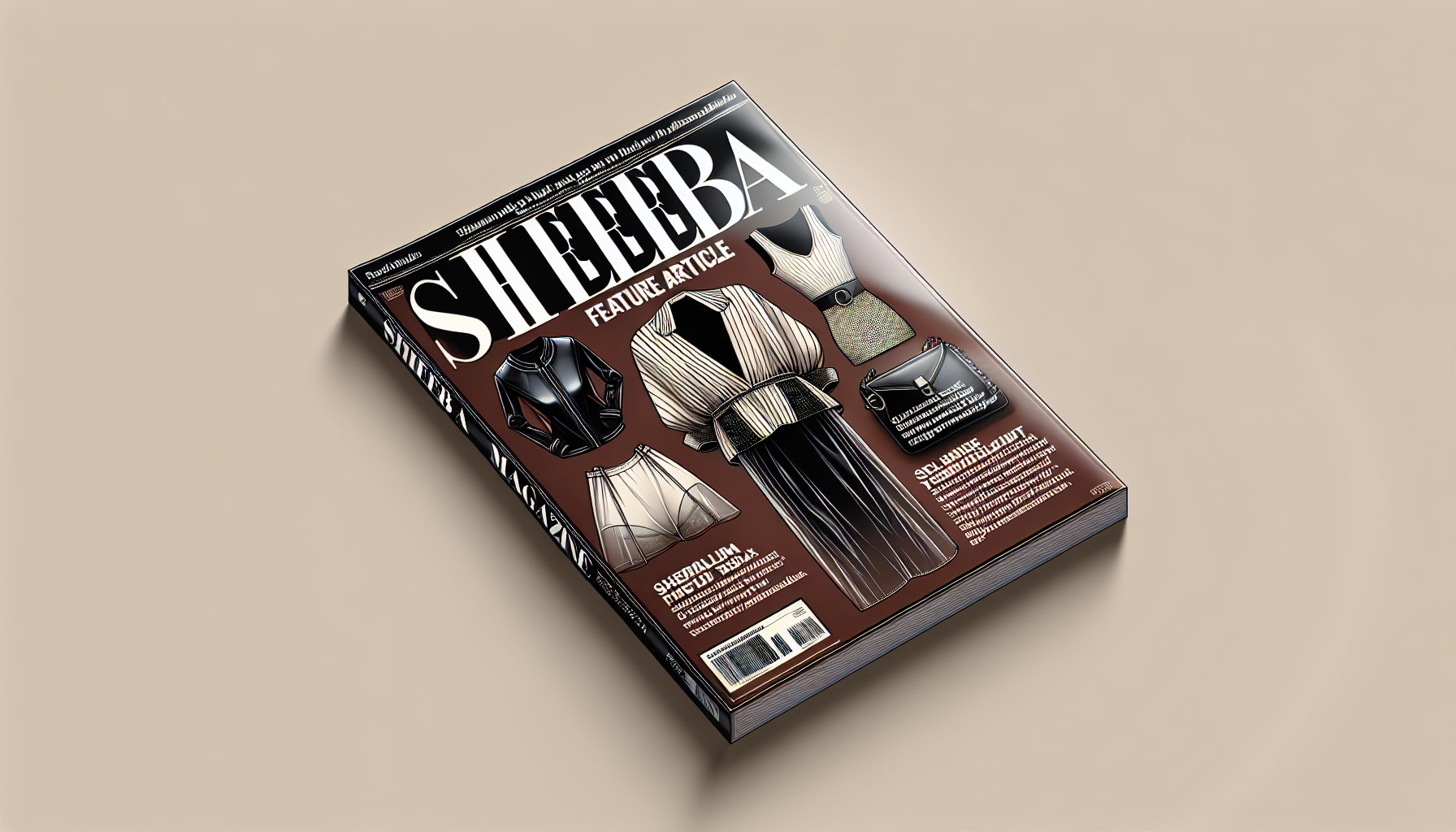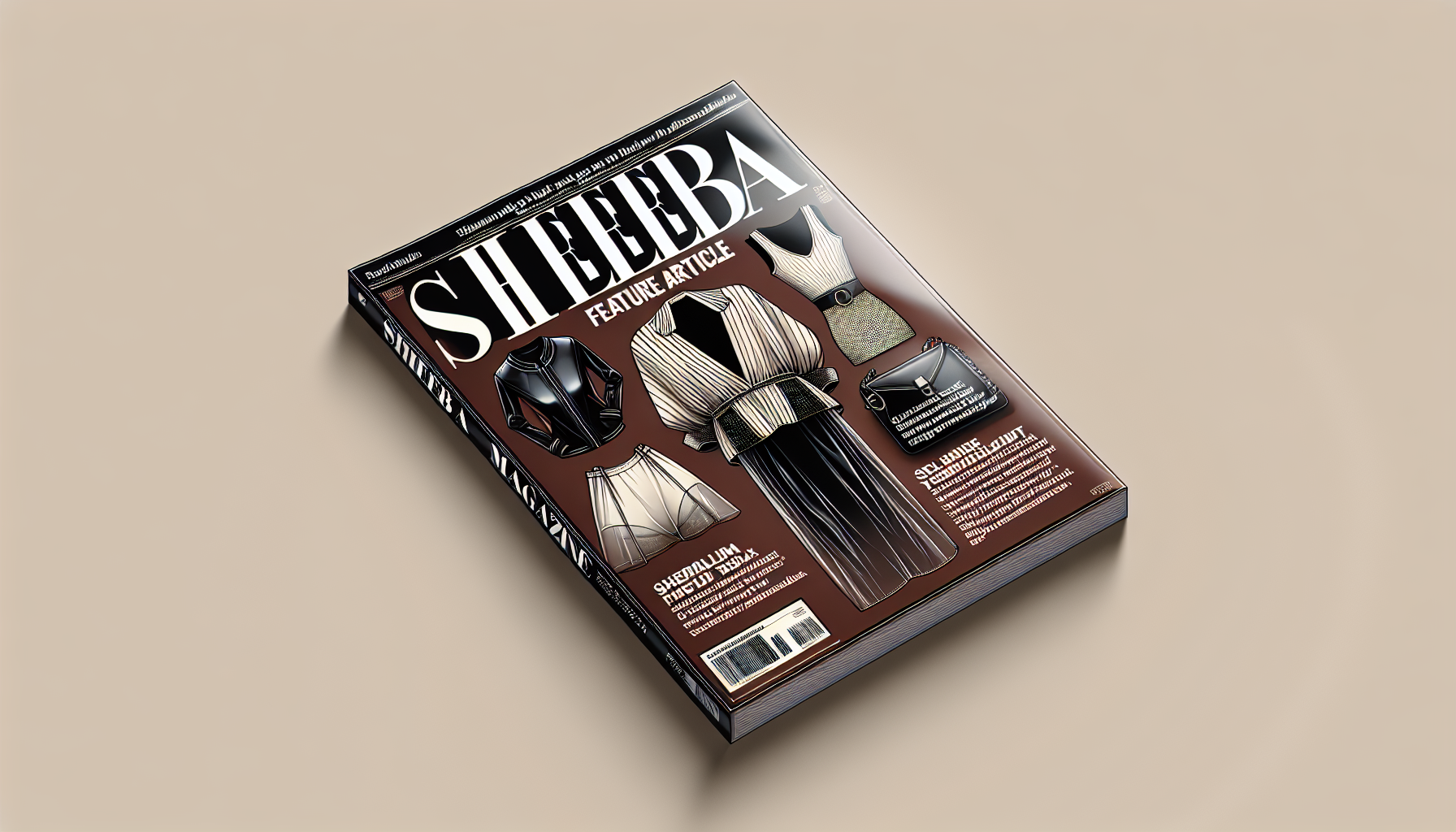
Understanding the request
When embarking on the task of rewriting an article, it is crucial to first comprehend the original request thoroughly. This involves analyzing the purpose behind the need for a rewrite, which could range from enhancing clarity, adapting the tone for a specific audience, or updating information to reflect current trends and data. Understanding the request requires a keen eye for detail and an ability to discern the underlying objectives of the original text.
In an Australian context, this might also involve considering local nuances, language preferences, and cultural references that resonate with an Australian audience. It’s essential to identify the core message of the original article and ensure that this message is preserved and effectively communicated in the rewrite. Additionally, one must be mindful of the intended audience’s expectations and tailor the content to meet these expectations without deviating from the essential points of the original piece.
Moreover, understanding the request involves recognizing the constraints and requirements set forth by the client or the original author. This includes adhering to specific word counts, maintaining the desired tone and style, and ensuring that the rewritten content aligns with any provided guidelines or templates. By thoroughly understanding the request, the rewriting process becomes more focused and efficient, ultimately leading to a more effective and engaging piece of writing.
Key elements to include
When rewriting an article, several key elements must be considered to ensure the new version aligns with the intended purpose and audience. First, maintaining the original article’s core message is essential. This involves extracting the main ideas and ensuring they remain intact while rephrasing the content. The rewritten article should reflect the same intent and provide similar insights, even if the wording and structure differ.
Adapting the tone to suit the target audience is another crucial element. For an Australian audience, this might mean incorporating local vernacular or cultural references that resonate with readers. The tone should be engaging and appropriate for the context, whether it is formal, casual, or somewhere in between. This helps to establish a connection with the audience and makes the content more relatable.
Clarity and coherence are indispensable. The rewritten article should be easy to read and understand, with logical flow and well-organized ideas. This involves breaking down complex concepts into simpler terms and ensuring each paragraph transitions smoothly to the next. The use of clear and concise language aids in delivering the message effectively.
Incorporating updated information is also vital, especially if the original article contains outdated data or references. This ensures the content remains relevant and valuable to the reader. Fact-checking and verifying sources are important steps in this process to maintain credibility and accuracy.
Creativity in expression can enhance the appeal of the rewritten article. While staying true to the original message, employing varied sentence structures, vivid descriptions, and engaging storytelling techniques can capture the reader’s interest and make the content more enjoyable to read.
Steps for effective rewriting
To rewrite an article effectively, begin by thoroughly reading the original text to grasp its main ideas and structure. This initial step allows you to identify the key points that must be retained in the new version. Taking notes or highlighting these points can be helpful for reference as you proceed with the rewriting process.
Next, focus on restructuring the content to improve its flow and readability. This might involve reordering paragraphs, combining or splitting sections, and ensuring each paragraph transitions smoothly to the next. The goal is to create a logical progression that guides the reader through the information seamlessly.
As you rewrite, pay close attention to the language and tone. Use vocabulary and expressions that are familiar and engaging to an Australian audience. This might include colloquialisms or references that resonate locally, making the content more relatable and appealing. The tone should match the intended style, whether it’s formal, conversational, or somewhere in between.
Ensure that the rewritten content is clear and concise. Avoid jargon or overly complex language that might confuse the reader. Instead, aim for simplicity and precision, breaking down complex ideas into easily digestible parts. This enhances understanding and keeps the reader engaged.
Incorporate updated information where necessary. If the original article includes outdated data or references, replace these with current, verified information. This step is crucial for maintaining the article’s relevance and credibility.
Review and edit the rewritten article carefully. Check for grammatical errors, inconsistencies, and ensure that the core message remains intact. Reading the content aloud can help identify awkward phrasing or areas that need further refinement. By following these steps, the rewritten article will not only preserve the essence of the original but also resonate with its intended audience effectively.
Understanding the importance of clear communication
In the fashion industry, clear communication is not just a skill; it’s an art form. Whether you’re discussing the latest trends or negotiating with suppliers, the ability to convey your message succinctly and effectively can make or break your success. For the modern Australian woman, clarity in communication ensures that you stay informed and ahead in the ever-evolving fashion landscape.
Clear communication helps in building trust and establishing strong relationships. When everyone is on the same page, it leads to more productive collaborations and a smoother workflow. This is particularly crucial in fashion, where timing and precision are everything. Misunderstandings can lead to costly mistakes, such as incorrect orders or missed deadlines.
Moreover, clear communication is vital in presenting your ideas and visions. Whether you’re pitching a new design or explaining the nuances of a fabric, the ability to articulate your thoughts clearly can capture the imagination of your audience and inspire them to share your vision. For Australian fashionistas, this means being able to express your style and preferences without ambiguity, ensuring that your wardrobe reflects your unique personality.
In essence, mastering clear communication is about making sure your voice is heard and understood in a crowded market. It’s about conveying confidence and competence, which are essential attributes for anyone looking to make a mark in the fashion world.
Techniques for effective article rewriting
When it comes to rewriting articles effectively, especially in the fashion domain, several techniques can ensure that the final piece resonates with the audience while maintaining the original message. The first step is to thoroughly understand the essence of the source material. This means identifying the key points and themes that need to be preserved and conveyed with clarity and flair.
One effective technique is to embrace a fresh perspective. By reimagining the content through the lens of the Australian fashion scene, you can infuse local relevance and trends, making it more relatable to your audience. This might involve incorporating current fashion events, popular designers, or even seasonal styles that are trending in Australia.
Another technique is to focus on the language and tone. The fashion industry thrives on creativity and expression, so using vibrant and descriptive language can paint a vivid picture for the reader. Employing a conversational tone can also engage readers, making them feel as though they’re part of an exclusive style dialogue.
Additionally, restructuring the content to enhance readability is crucial. Breaking down complex ideas into concise, digestible sections allows readers to absorb information more efficiently. Lists and bullet points can be particularly effective in highlighting fashion tips or style guidelines.
Lastly, integrating personal insights or anecdotes can add a unique touch to the article. Sharing experiences or fashion tips from an Australian perspective not only personalizes the content but also builds a connection with the audience. This approach ensures that the rewritten article is not just informative but also engaging and reflective of the vibrant Australian fashion landscape.
